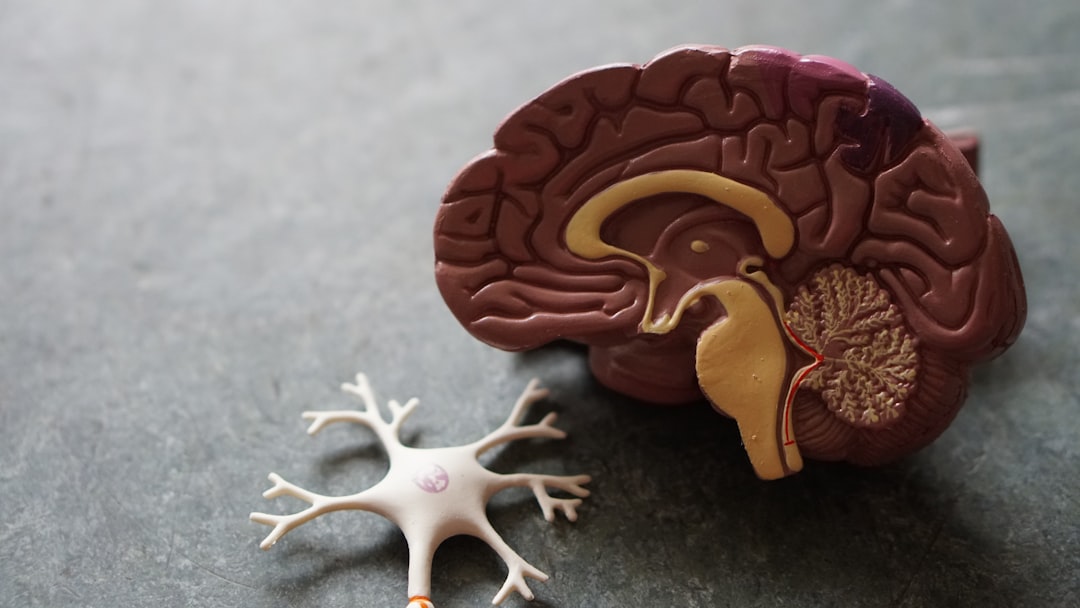What is it about?
AIMS: The failure of proteins to fold or to remain folded very often leads to their deposition into amyloid fibrils and is the origin of a variety of human diseases. Accordingly, mutations that destabilize the native conformation are associated with pathological phenotypes in several protein models. Protein backbone cyclization by disulfide bond crosslinking strongly reduces the entropy of the unfolded state and, usually, increases protein stability. The effect of protein cyclization on the thermodynamic and kinetics of folding has been extensively studied, but little is know on its effect on aggregation reactions. RESULTS: The SRC homology 3 domain (SH3) of p85α subunit of bovine phosphatidyl-inositol-3'-kinase (PI3-SH3) domain is a small globular protein, whose folding and amyloid properties are well characterized. Here we describe the effect of polypeptide backbone cyclization on both processes. INNOVATION: We show that a cyclized PI3-SH3 variant is more stable, folds faster, aggregates slower, and forms conformationally and functionally different amyloid fibrils than the wild-type domain.
Featured Image
Why is it important?
Disulfide bridges may act as key molecular determinants of both productive protein folding and deleterious aggregation reactions.
Read the Original
This page is a summary of: Contribution of Disulfide Bonds to Stability, Folding, and Amyloid Fibril Formation: The PI3-SH3 Domain Case, Antioxidants & Redox Signaling, January 2012, Mary Ann Liebert Inc,
DOI: 10.1089/ars.2011.3936.
You can read the full text:
Contributors
The following have contributed to this page










